Here are some of the more interesting aircraft designs created by some of the best known manufacturers. Hardly suprising, most of the aircraft are of military origin proving how hotly contested the market is.
Unmanned tilt rotor aircraft for surveillance. No need for a runway, can operate from land or sea based platform. This picture shows an Eagle Eye in US Coast guard livery. |
The Bird of Prey project cost $67 million, and the project was classified from 1992 to 1999, with the first flight in 1996. The Bird of Prey helped to develop stealth technology for the US airforce. |
The McDonnell Douglas/General Dynamics A-12 Avenger II was designed to be an all-weather, stealth attack replacement for the A-6 Intruder in the United States Navy and Marines. It suffered several problems throughout development, especially with the materials used and the overall price of the aircraft - an estimated US $165 million per unit. Canceled in January of 1991. |
The Lockheed XFV-1 is a 'tailsitter' VTOL (Vertical Take-Off and Landing) aircraft It was created by the US Navy who were looking for ways to improve ship defense by equipping merchant ships with vertical take-off aircraft. The XFV-1 used the Allison YT40-A-14 engine to drive two 16 ft counter-rotating three-bladed Curtiss-Wright propellers with electric pitch control. The XFV-1 was fitted with a conventional landing gear to make its first horizontal flight in March 1954. A total of 27 level flights were made. Control in hover was very poor. No vertical take-offs or landings were ever attempted. |
The Bell X-1 rocket powered aircraft of the US Airforce, piloted by Chuck Yeager broke the sound barrier On October 14, 1947. Amazingly Yeager had broken two ribs in a horse riding accident the weekend prior to the flight. He kept the injury hidden from his superiors in order to fly the mission. Because of his injury, to close the entry hatch Yeager had to use a sawn off broom handle with his left arm. |
The rocket powered X-24B, which first flew in August 1973, was developed from the experiences gained through the 28 flights of the X-24A. The X-24B made 10 glide and 26 powered flights before the program ended in 1975, having validated the lifting-body aircraft concept. |
The Tacit Blue was created to test stealth technology. The USAF, DARPA, and Northrop worked together from 1978 to 1985 to prove that curved surfaces on an aircraft result in a low radar return signal from ground based radar. Tacit Blue made its debut flight in February 1982, and it flew 134 more times before 1985 when the project ended. |
Two X-29's were built and flown at the NASA Ames-Dryden Flight Research Facility, Edwards, California. The X-29 was used as a technology demonstrator to investigate advanced designs and technology. The extensive program was conducted from 1984 to 1992 and engineering data gathered is useful for the design and development of future aircraft. |
NASA and McDonnell-Douglas Phantom Works developed the technology essential for a tailless aircraft beginning in 1989. To prove the technology worked Phantom Works built two unmanned X-36 aircraft. The first flight of the X-36 took place in May 1997. One of the two X-36 aircraft completed 31 successful research flights the last in Dec 1997. In 1998, the X-36 made two more flights to prove that software could make the necessary adjustments to fly a damaged tailless aircraft. |
The Predator 480 was an unconventional high performance crop-duster. Advanced Technology Aircraft Company contracted with Scaled Composites to design and build a proof-of-concept crop-duster. Designed by Burt Rutan, it was owned by ATAC. It never made it into production because of a severe design flaw in the main wing. Thanks to David Record, Jr for the information. (son of the original inventor) |
Scaled Composites White Knight White Knight was developed as the mothership to SpaceShipOne, the first private spaceship which won the ANSARI X-Prize. |
Rutan 151 ARES The 151 ARES (Agile Responsive Effective Support) was developed by Burt Rutan as a low cost fighter. The ARES first flew on February 19, 1990. Since that first flight, the 151 ARES has flown more than 250 hours. |
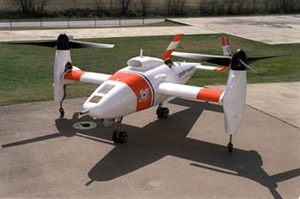
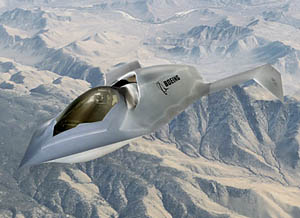
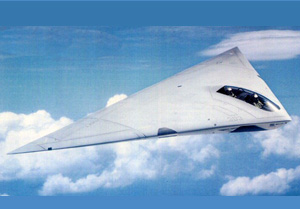
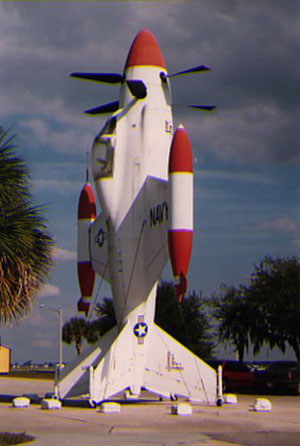
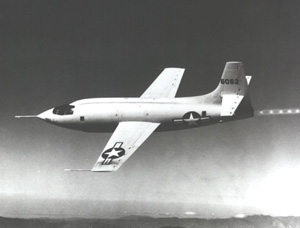
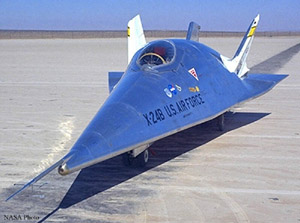
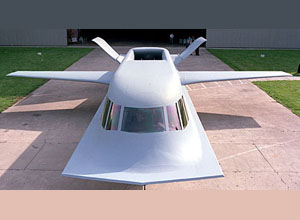
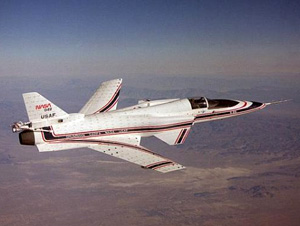
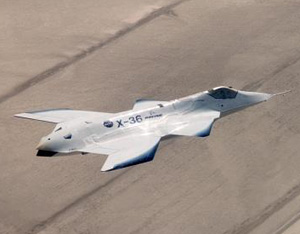
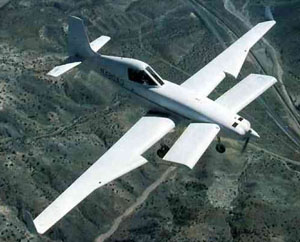
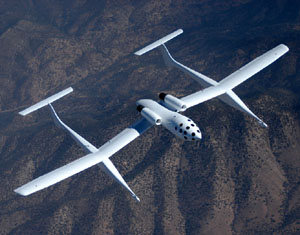

No comments:
Post a Comment